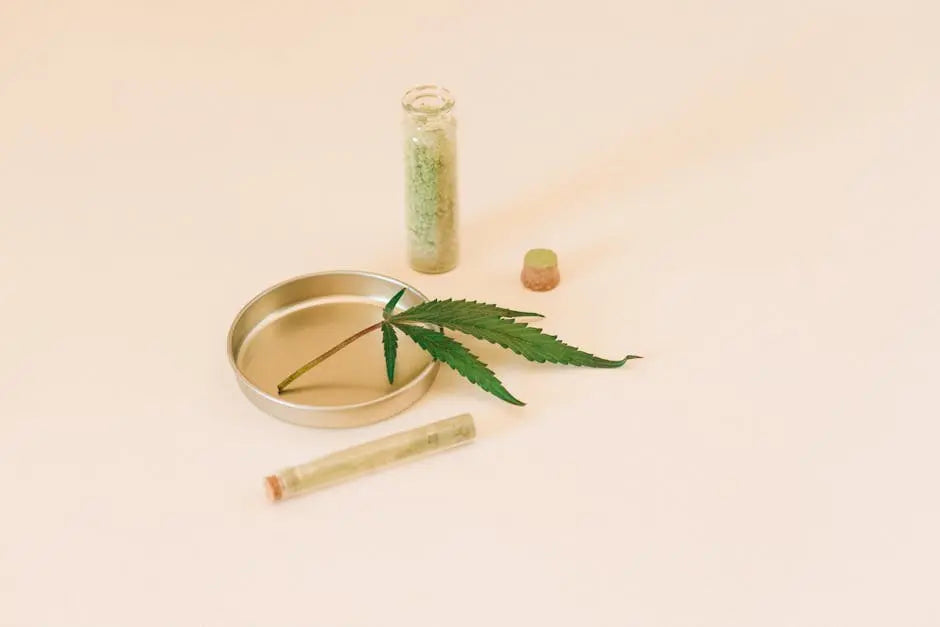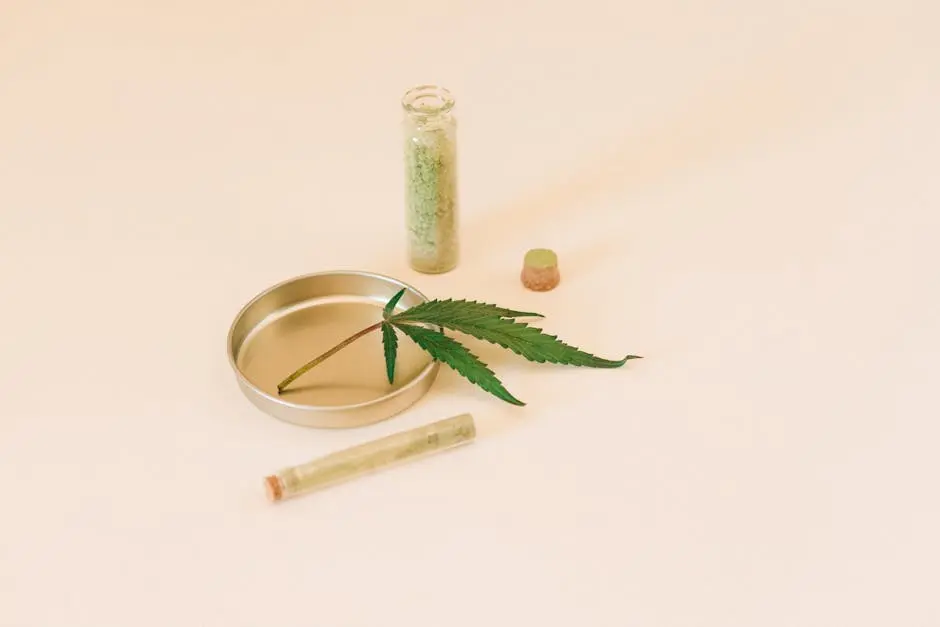
How Do Plant Extracts Differ from Essential Oils?
Share
In the ever-expanding world of natural products, it’s easy to get confused about terms like ‘plant extracts’ and ‘essential oils.’ While they both originate from plants, they are distinct in their composition, preparation, and uses. This guide will help you understand the key differences between plant extracts and essential oils.
What are Plant Extracts?
Plant extracts are substances derived from parts of plants, commonly using solvents like alcohol or water. They are often used in herbal remedies, supplements, and cosmetics due to their concentrated plant components.
Diverse and versatile, plant extracts have been utilized for centuries in various cultures. They can be crafted from different parts of plants, such as leaves, stems, flowers, roots, or seeds, depending on the desired properties. The extraction process can vary, but it often involves soaking the plant material in a solvent to draw out beneficial compounds.
These extracts are celebrated for their ability to deliver health benefits, from boosting immune systems to promoting skin health. Notably, each plant extract may contain a complex combination of active ingredients that work synergistically to enhance their bioactivity.
What are Essential Oils?
Essential oils are highly concentrated natural oils obtained through distillation or other processes. Capturing the fragrance and volatile compounds of the plant, they are primarily used in aromatherapy, perfumery, and skin treatments.
One of the remarkable qualities of essential oils is their intense aroma, which is attributable to the concentrated volatile compounds they contain. These aromatic chemicals are what make essential oils extraordinarily potent, allowing just a few drops to have a profound impact on our senses or skincare routine.
Due to their powerful nature, essential oils are typically not used directly on the skin without being diluted in a carrier oil, such as coconut or jojoba oil. This ensures a safer application and allows users to reap the oils’ full benefits without the risk of irritation.
Extraction Methods: How They Are Made
Plant extracts typically use solvents for maceration, extraction, and evaporation. Essential oils, on the other hand, are extracted via steam distillation or expression, maintaining the plant’s aromatic properties.
In the case of plant extracts, after steeping the plant material, the solvent is removed, resulting in a concentrated form of the plant’s phytochemicals. This method is effective in capturing a broad spectrum of plant components, ranging from water-soluble nutrients to more complex bioactive compounds.
For essential oils, steam distillation remains a popular method, where steam is passed through plant material to vaporize the volatile compounds, which are then condensed back into liquid form. This method preserves the essential oils’ purity and intense aroma, making them ideal for therapeutic and fragrant applications.
Composition and Concentration
Plant extracts contain a broader spectrum of the plant’s chemical components, which can include water-soluble nutrients. Essential oils consist mainly of concentrated volatile compounds, which account for their potent aroma and therapeutic properties.
The composition of plant extracts gives them versatility, allowing them to be used in various products from food supplements to skincare formulas. This vast array of chemical compounds contributes to their multifaceted health benefits, a topic of rising interest within the fields of nutraceuticals and herbal medicine.
Conversely, essential oils owe their popularity to their high concentration of specific, aromatic compounds, which provide targeted effects. Whether used for relaxation or invigorating purposes, these oils are celebrated for their immediate impact and alluring scents.
Different Uses and Applications
While both plant extracts and essential oils are used for health and wellness, plant extracts are often ingested in dietary supplements or used in skincare. Essential oils are used for their fragrance and mood-enhancing properties, often in diffusers or mixed with carrier oils for topical application.
Exploring the diverse applications of plant extracts, one can find them incorporated into a myriad of products. From augmenting the nutritional profile of supplements to enhancing the efficacy of cosmetic formulations, plant extracts have become a staple in both the wellness and beauty industries.
Essential oils stand out in the realm of aromatherapy, where their use in diffusers supports emotional and mental well-being. Their calming and uplifting effects make them a popular choice for stress relief and enhancing mood, demonstrating the profound impact of olfactory experiences on human emotions.
Bringing Clarity to Natural Remedies
Understanding the differences between plant extracts and essential oils can significantly enhance your appreciation and use of natural products. Whether you’re crafting natural fragrances, exploring herbal remedies, or simply curious about these potent compounds, knowing what sets them apart is key to harnessing their full potential.
